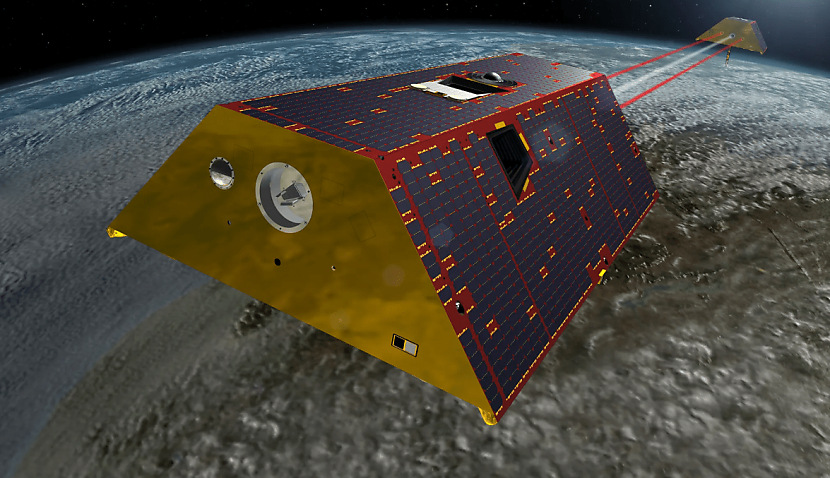
It’s hoped the project, a collaboration with Military University of Technology in Poland, will help mitigate the effect of extreme weather events by allowing for better management of resources.
Traditionally, satellite methods such as global positioning system (GPS) and the Gravity Recovery and Climate Experiment (GRACE) have been invaluable in tracking changes in global freshwater, including groundwater.
However, Dr Christopher Ndehedehe, the report’s co-author from Griffith, said both these methods have limitations.
“GRACE provides reliable data at large and regional scales but struggles at local levels, while GPS data can be affected by technical and environmental factors including, monument instability, thermal expansion of ground, the errors due to tidal aliases, and measuring real changes in the hydrosphere can sometimes be difficult, among several other issues,” Dr Ndehedehe said.
“Both techniques also face challenges in capturing short-term extreme hydrological events like sudden droughts and could under- or overestimate the occurrence and severity of such events.”
The research team, therefore, combined the strengths of each and tested their new method in the Amazon basin and California Central Valley.
The resulting “novel multivariate drought indicator” allowed them to detect previously unidentified drought events and the cascading impacts on freshwater systems.
“Droughts are complex, and their impacts can be devastating, particularly in regions with highly variable climatic conditions,” said Dr Artur Lenczuk, the lead author from Military University of Technology.
“Monitoring the onset and progression of droughts is essential for water resource management.
“The multivariate drought indicator showed strong temporal consistency with drought indicators based on in-situ river discharge data and satellite-based agricultural indices like the Enhanced Vegetation Index, further validating its accuracy and providing a more comprehensive picture of drought conditions.”
The GRACE twin satellites orbited Earth from 2002 to 2017 and made detailed measurements of Earth’s gravity field to improve knowledge about Earth’s water reservoirs.
“GRACE measured gravity by relating it to the distance between the two satellites,” NASA explained.
“When there was an increase in gravity ahead of the pair, the front satellite sped up, and the distance between the pair increased.
“When the increased gravity was between the pair, their distance decreased; the opposite occurred when there was decreased gravity ahead of, or between, the satellite pair.
“The satellites were separated by 220 kilometres, and they could detect changes smaller than a micrometre per second in relative velocity.
“These measurements, in conjunction with other data and models, provided observations of terrestrial water storage changes, ice-mass variations, ocean bottom pressure changes and sea-level variations.”
GRACE was succeeded by a follow-up mission, GRACE-FO, launched in 2018.
Griffith University’s research comes months after Australia formally joined the Landsat Next Earth observation program led by NASA and the US Geological Survey.
The satellites, set to launch in 2031, aim to capture images at a super-high resolution that will enable governments and organisations to better manage crops, enhance urban environments, and improve responses to natural disasters.
Already, the federal government’s 2024–25 budget has committed $207.4 million over the next four years to Landsat, with a further $38.2 million earmarked each year thereafter.
As part of the deal, Geoscience Australia will also deliver an upgraded ground station in Alice Springs along with advanced spatial data processing and analytics capabilities.

Adam Thorn
Adam is a journalist who has worked for more than 40 prestigious media brands in the UK and Australia. Since 2005, his varied career has included stints as a reporter, copy editor, feature writer and editor for publications as diverse as Fleet Street newspaper The Sunday Times, fashion bible Jones, media and marketing website Mumbrella as well as lifestyle magazines such as GQ, Woman’s Weekly, Men’s Health and Loaded. He joined Momentum Media in early 2020 and currently writes for Australian Aviation and World of Aviation.
Receive the latest developments and updates on Australia’s space industry direct to your inbox. Subscribe today to Space Connect here.












